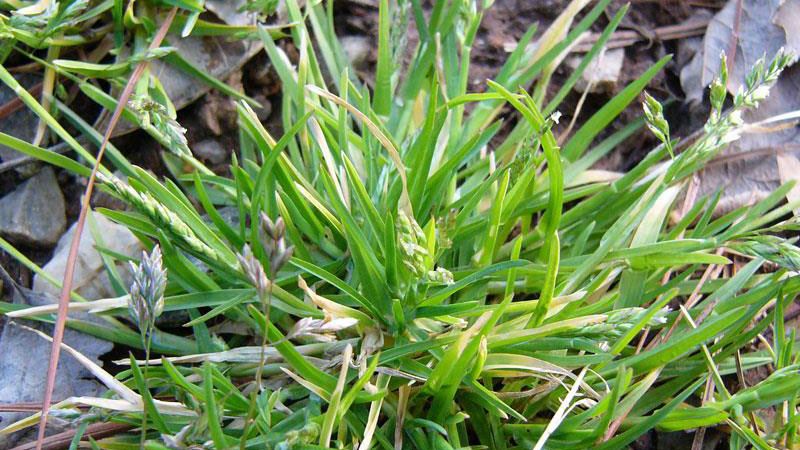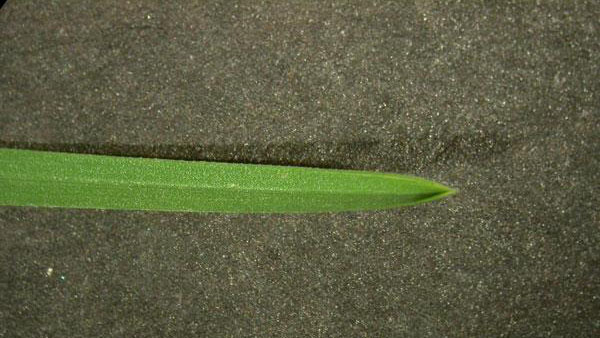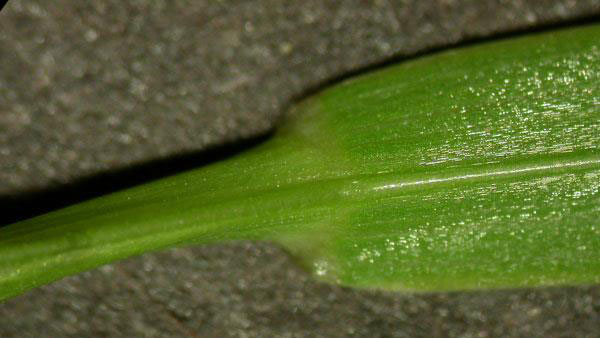Annual Bluegrass
en Español / em Português
El inglés es el idioma de control de esta página. En la medida en que haya algún conflicto entre la traducción al inglés y la traducción, el inglés prevalece.
Al hacer clic en el enlace de traducción se activa un servicio de traducción gratuito para convertir la página al español. Al igual que con cualquier traducción por Internet, la conversión no es sensible al contexto y puede que no traduzca el texto en su significado original. NC State Extension no garantiza la exactitud del texto traducido. Por favor, tenga en cuenta que algunas aplicaciones y/o servicios pueden no funcionar como se espera cuando se traducen.
Português
Inglês é o idioma de controle desta página. Na medida que haja algum conflito entre o texto original em Inglês e a tradução, o Inglês prevalece.
Ao clicar no link de tradução, um serviço gratuito de tradução será ativado para converter a página para o Português. Como em qualquer tradução pela internet, a conversão não é sensivel ao contexto e pode não ocorrer a tradução para o significado orginal. O serviço de Extensão da Carolina do Norte (NC State Extension) não garante a exatidão do texto traduzido. Por favor, observe que algumas funções ou serviços podem não funcionar como esperado após a tradução.
English
English is the controlling language of this page. To the extent there is any conflict between the English text and the translation, English controls.
Clicking on the translation link activates a free translation service to convert the page to Spanish. As with any Internet translation, the conversion is not context-sensitive and may not translate the text to its original meaning. NC State Extension does not guarantee the accuracy of the translated text. Please note that some applications and/or services may not function as expected when translated.
Collapse ▲Description
Annual bluegrass (Poa annua)is a light green bunch-type to slightly spreading winter annual weedy grass. Some subspecies exist which are classified as short-lived perennials (Poa annua ssp. reptans). These perennial types are particularly evident in bentgrass golf greens. One reason annual bluegrass is so unsightly is its ability to produce a light colored seedhead even at very low mowing heights.
Cultural Control
Management practices that encourage annual bluegrass persistence include: 1) excessively close mowing; 2) shallow, frequent irrigation; 3) poor soil drainage; 4) improperly timed fertilization; 5) aerifying or dethatching during primary periods of germination; 6) use of heavy equipment causing compaction; and 7) shade.
Species Data
- SEEDHEAD / FLOWER
- VERNATION TYPE
- leaves folded in the bud
Figure 7
- leaves folded in the bud
- LIGULE TYPE
- membranous; sharp pointed entire, 0.04 - 0.12 inches (1 - 3 mm) long
Figure 8
- membranous; sharp pointed entire, 0.04 - 0.12 inches (1 - 3 mm) long
- GROWTH SEASON / LIFE CYCLE
- winter annual weed
- AURICLE TYPE
- absent
- LEAF BLADE TIP SHAPE
- boat shaped; smooth above and below, not glossy, light green; two distinct, clear lines, one on each side of the midrib
Figure 9
- boat shaped; smooth above and below, not glossy, light green; two distinct, clear lines, one on each side of the midrib
- LEAF BLADE WIDTH
- 0.08 - 0.1 inches (2 - 3 mm) wide
- STOLON PRESENCE
- absent
- RHIZOME PRESENCE
- absent
- COLLAR TYPE
- divided; distinct, not hairy, V-shaped
Figure 10
- divided; distinct, not hairy, V-shaped
- SHEATH MARGIN
- open part way only
- SHEATH TYPE
- flattened; slightly sharply creased












